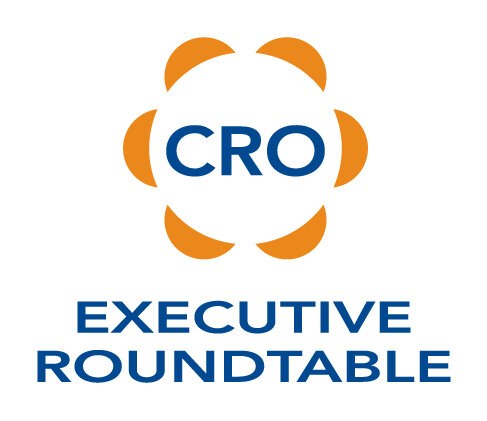We often write about Differentiating Value (i.e. DV) as it is fundamental to any strong selling system. You will hear it called value proposition, unique selling proposition, differentiation, and son on. We have an entire process to help companies define and refine their DV which will affect the entire selling process.
But let’s talk about a quick, simple approach you can use on your own to start refining your DV. Take a look at your present DV and ask yourself, “So what?”
The approach sounds indignant, but it works. The goal is to refine, or distill, your DV down to its essence because that is the point where it has the most power.
Existing DV: “We provide excellent service to our customers.”
So what?
“Our customers know we will take care of them if they have a problem.”
So what?
“If our equipment breaks down in the middle of a production run, we will have techs on-site fast.”
So what?
“We provide the fasted response times in our industry which allows our customers to know they will hit their production goals.”
Once you distill the topic down to the point where asking “So what?” sounds flippant, you have reached the essence of that particular DV. Now, you might find that it is not a compelling DV which may lead you to constructing a new DV all together.
Try this exercise as you work on your next DV messaging. As frustrating as it may get, in the end you will have a tight, impactful message. If you need assistance, we can help.












